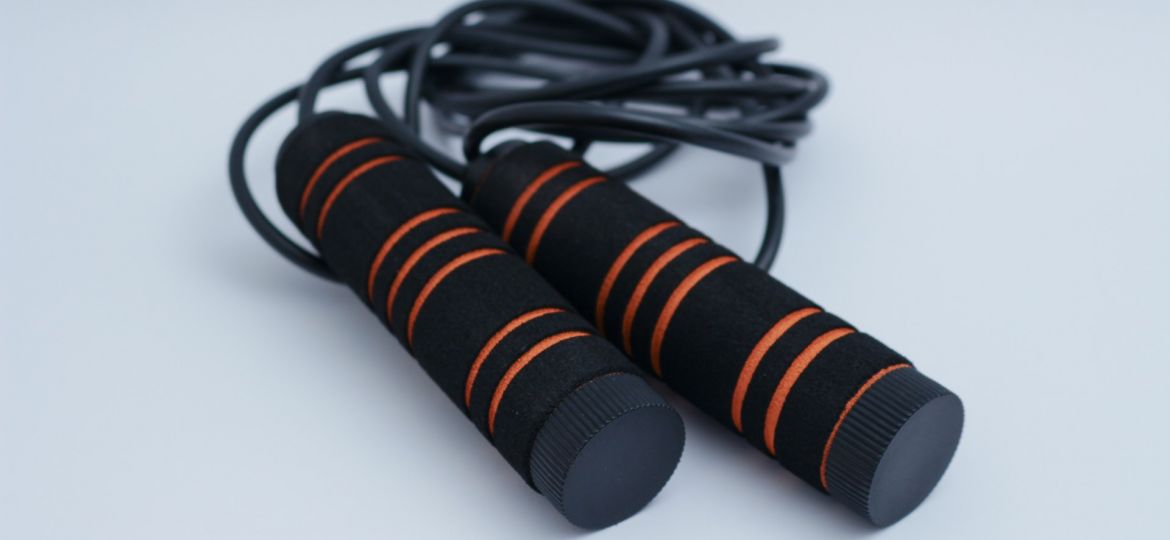
A new study confirms that regular short bursts of exercise can have a major impact on improving quality of life and extending lifespan. Running up the stairs to your apartment, weaving between commuters as you dart for the train — those little bits of exercise, if they’re intense enough, can be of great value, according to a new study. This study is one of the first to investigate what many sports scientists have long hypothesized: a little physical activity goes a long way, even exercise you might not consider exercise.
The paper, published in Nature Medicine, shows that small amounts of exercise throughout the day are associated with a significant reduction in disease risk. Researchers used data from fitness trackers collected by UK Biobank, a large medical database containing health information from people across the United Kingdom. They looked at data from more than 25,000 people who didn’t exercise regularly, with an average age around 60, and followed them for almost seven years (people who walked recreationally once a week were included, but that was the maximum amount of coordinated exercise these participants did). Those who did one or two minutes of exercise about three times a day, such as brisk walking during the commute or brisk stair climbing, showed a nearly 50 percent reduction in the risk of cardiovascular mortality and about a 40 percent reduction in the risk of dying prematurely from cancer and all causes of death, compared to those who did not do vigorous conditioning activities.
RESEARCH ON SHORT MOMENTS OF EXERCISE
The new research is part of a long tradition of research into short exercises, usually involving traditional workouts, such as running on a treadmill or using an elliptical trainer at the gym. A 2020 study linked four minutes of exercise to longer lifespans; another in 2019 found that 20 seconds of high-intensity exercise several times a day improved aerobic fitness. And yet another study has found that repeating just four-second intervals of intense activity can increase strength or counteract the metabolic toll of sitting for long periods of time.
“Intensity is very effective at building muscle and taxing the cardiovascular system,” says Ed Coyle, a professor of exercise science and health education at the University of Texas who has researched high-intensity exercise. “Short high-intensity exercises, performed repeatedly with short rest periods, can increase oxygen uptake and keep the heart arteries from becoming clogged,” he said, and encourage the heart to pump more blood and function better overall.
However, the new study shows that the average person doesn’t have to make an effort to integrate those small spikes in activity; daily movements, slightly intensified, may be sufficient. And because they collected data from trackers, rather than questionnaires, which some exercise studies rely on, the researchers were able to analyze the impact of small moments of exercise.
WHAT IS INTENSIVE SPORTS
“It just highlights how short bursts of vigorous physical activity can be extremely beneficial,” says Martin Gibala, a professor of exercise science at McMaster University in Ontario, who was one of the authors of the study. Fitness researchers divide exercise intensity into three categories, said Emmanuel Stamatakis, a professor at the University of Sydney’s Charles Perkins Center and the lead author of the new study. If you can sing while doing the activity, it is light exercise. If you can’t sing, but can talk comfortably, that’s mediocre. Dr. Stamatakis recommended movements so powerful that after about 30 seconds you can only say a few words, or no words at all. For those who exercise regularly, you can reap some of the benefits of short bursts of exercise by adding a sprint to your run or bike ride, said Dr. Burr.
Dr. Stamatakis recommends some ways people can incorporate small moments of movement into life. If you’re walking about a half mile — say, from your apartment to the grocery store — you don’t have to sprint the entire time, he said, but pick up your pace two or three times during your walk. Instead of the elevator, choose the stairs. As long as you go up more than one or two flights of stairs, that counts as vigorous activity. Carrying about five percent of your body weight for a minute or two may also qualify, such as lugging a large backpack. And any kind of short, fast uphill walking can also provide a short period of intense exercise. “It doesn’t have to be planned all day long – you play with your kids, you take your groceries out of the car, you can pick up the pace,” Dr. Gibala said.
INTENSIVE EXERCISE IN BETWEEN
Of course, it is even better to work towards exercising at a certain time according to the exercise guidelines, 60 minutes of recreational exercise per day, best spread over the day, exercising twice a week and training all major muscle groups twice a week. But don’t underestimate the value of intensive exercise in between.
Source: https://www.nytimes.com/2022/12/08/well/move/exercise-bursts-benefits.html

